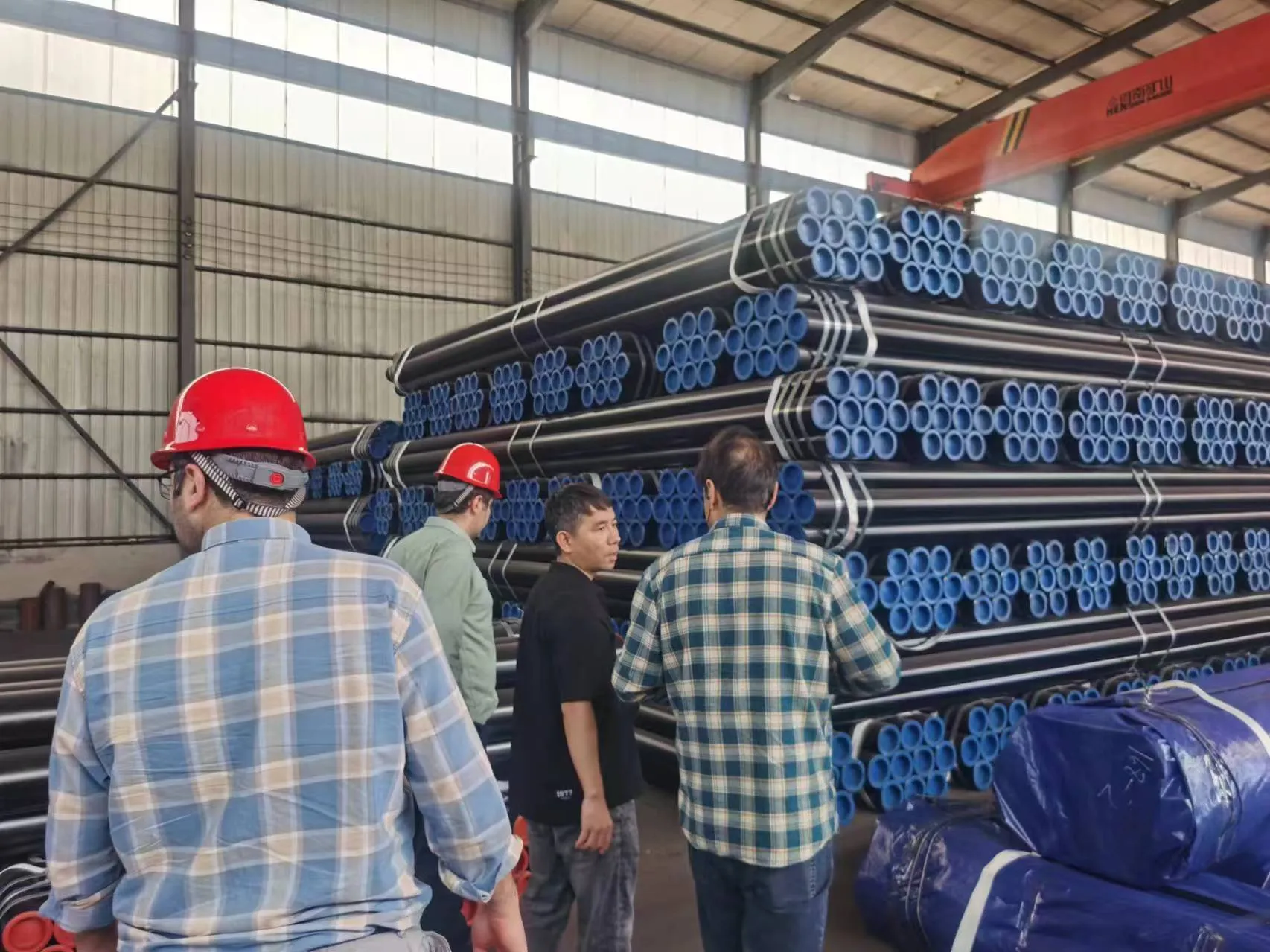-
Cangzhou Yulong Steel Co., Ltd.
-
Phone:
+86 13303177267 -
Email:
admin@ylsteelfittings.com
- English
- Arabic
- Italian
- Spanish
- Portuguese
- German
- kazakh
- Persian
- Greek
- French
- Russian
- Polish
- Thai
- Indonesian
- Vietnamese
- Zulu
- Korean
- Uzbek
- Hindi
- Serbian
- Malay
- Ukrainian
- Gujarati
- Haitian Creole
- hausa
- hawaiian
- Hebrew
- Miao
- Hungarian
- Icelandic
- igbo
- irish
- Japanese
- Javanese
- Kannada
- Khmer
- Rwandese
- Afrikaans
- Albanian
- Amharic
- Armenian
- Azerbaijani
- Basque
- Belarusian
- Bengali
- Bosnian
- Bulgarian
- Catalan
- Cebuano
- China
- China (Taiwan)
- Corsican
- Croatian
- Czech
- Danish
- Esperanto
- Estonian
- Finnish
- Frisian
- Galician
- Georgian
- Kurdish
- Kyrgyz
- Lao
- Latin
- Latvian
- Lithuanian
- Luxembourgish
- Macedonian
- Malgashi
- Malayalam
- Maltese
- Maori
- Marathi
- Mongolian
- Myanmar
- Nepali
- Norwegian
- Norwegian
- Occitan
- Pashto
- Dutch
- Punjabi
- Romanian
- Samoan
- Scottish Gaelic
- Sesotho
- Shona
- Sindhi
- Sinhala
- Slovak
- Slovenian
- Somali
- Sundanese
- Swahili
- Swedish
- Tagalog
- Tajik
- Tamil
- Tatar
- Telugu
- Turkish
- Turkmen
- Urdu
- Uighur
- Welsh
- Bantu
- Yiddish
- Yoruba

Nov . 05, 2024 20:33 Back to list
hydraulic pipe welding
The Importance of Hydraulic Pipe Welding in Modern Industries
Hydraulic systems are a cornerstone of many industrial applications, ranging from construction machinery to aerospace and automotive engineering. At the heart of these systems are hydraulic pipes, which facilitate the flow of fluids under pressure. The integrity of these pipes is paramount for operational efficiency, safety, and longevity. This is where hydraulic pipe welding enters the scene, playing a crucial role in the manufacturing and maintenance of robust hydraulic systems.
Understanding Hydraulic Pipe Welding
Hydraulic pipe welding is the process of joining two or more sections of hydraulic pipes using welding techniques. This process ensures that the pipes can withstand high pressures and are resistant to leaks. Common welding methods used in hydraulic pipe welding include TIG (Tungsten Inert Gas) welding, MIG (Metal Inert Gas) welding, and stick welding. The choice of method often depends on the materials involved and the specific requirements of the application.
One of the significant factors in hydraulic pipe welding is the materials used. Commonly, hydraulic pipes are made of steel or stainless steel due to their high tensile strength and resistance to corrosion. The welding process must ensure a strong bond that can endure the pressure exerted by hydraulic fluids. Additionally, the pipes are usually treated or coated to prevent corrosion, contributing to the overall durability of the system.
Applications of Hydraulic Pipe Welding
Hydraulic pipe welding is critical across various industries. In construction, for example, hydraulic systems power equipment such as excavators, bulldozers, and cranes. These machines rely on reliable hydraulics to perform heavy lifting and precise movements. Any failure in the hydraulic lines due to poor welding can lead to catastrophic results, including equipment failure or accidents.
hydraulic pipe welding

Similarly, in the automotive industry, hydraulic systems control essential functions such as braking, steering, and suspension. High-performance vehicles depend on expertly welded hydraulic lines to ensure safety and reliability. In aerospace, where precision and reliability are paramount, hydraulic systems control everything from landing gear to flight control surfaces. The integrity of hydraulic pipe welding in these applications cannot be overstated.
Challenges in Hydraulic Pipe Welding
While hydraulic pipe welding is essential, it is not without its challenges. One of the primary concerns is the risk of contamination. Any impurities in the welding area can lead to defects in the weld. Therefore, welders must maintain a clean working environment and may need to employ techniques such as purging the pipe with inert gas to prevent oxidation during the welding process.
Temperature control is another critical aspect of hydraulic pipe welding. Excessive heat can weaken the metal or cause warping, compromising the strength of the weld. Skilled welders must carefully monitor their equipment and adjust parameters to accommodate the specific materials and conditions involved in each job.
Future Trends and Innovations
As technology advances, so does the field of hydraulic pipe welding. Automated welding systems are becoming more prevalent, allowing for greater precision and efficiency. Laser welding and robotic welding are innovations that streamline the process and improve the consistency of welds. Additionally, the development of advanced materials, such as composite pipes, is opening new avenues for welding techniques and applications.
In conclusion, hydraulic pipe welding is a fundamental aspect of modern industrial applications. Its significance spans multiple sectors, from construction and automotive to aerospace. As industries continue to evolve, so too will the methods and technologies associated with hydraulic pipe welding. Ensuring high-quality welds will remain critical for maintaining the safety, efficiency, and longevity of hydraulic systems, reinforcing its status as an indispensable skill in a skilled tradesman’s repertoire.
Latest news
-
ANSI 150P SS304 SO FLANGE
NewsFeb.14,2025
-
ASTM A333GR6 STEEL PIPE
NewsJan.20,2025
-
ANSI B16.5 WELDING NECK FLANGE
NewsJan.15,2026
-
ANSI B16.5 SLIP-ON FLANGE
NewsApr.19,2024
-
SABS 1123 FLANGE
NewsJan.15,2025
-
DIN86044 PLATE FLANGE
NewsApr.19,2024
-
DIN2527 BLIND FLANGE
NewsApr.12,2024
-
JIS B2311 Butt-Welding Fittings LR/SR 45°/90° /180°Seamless/Weld
NewsApr.23,2024











